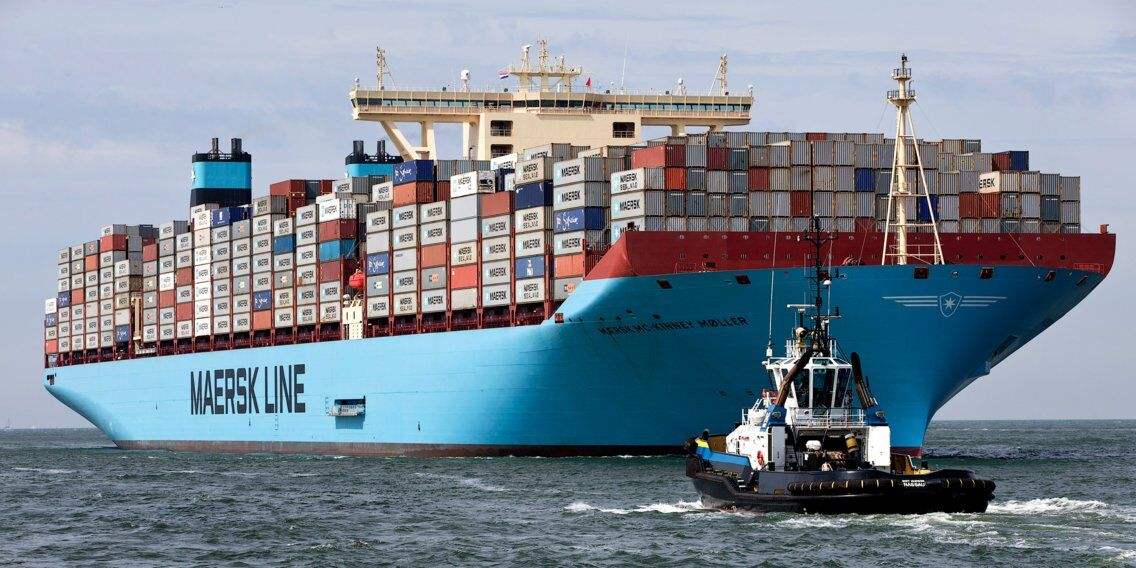On November 16, the Global Times quoted a report from the US “Forbes News” saying that US naval analyst Christopher Carlson wrote an article for the US Naval War College China Maritime Research Institute, saying that although the Chinese Navy has risen rapidly in recent years, excessive expansion consumes a lot of money. Resources have put China’s economy in a difficult position, which leads to a “reassuring” conclusion.
Let alone everyone, this “reassuring” conclusion can be described as a win-win: both the United States and China are at ease.
Over the past 10 years, the Chinese Navy has undoubtedly made rapid progress. In the 10 years from 2010 to 2020, the Chinese Navy has installed two 60,000-ton-class aircraft carriers, more than 20 Aegis ships, about 80 frigates, and a large number of other auxiliary ships. Despite this, the US Navy expert believes that the development of the PLA Navy will gradually slow down.

Christopher Carlson made this conclusion obviously made two mistakes:
First, they take China for granted as the United States and use a set of strategies for analyzing the United States to think about China. China has the ability to mobilize a large number of social resources to achieve the goal of “concentrating power to do major tasks.” If the goal of “building a world-class navy” is not achieved, the development of the navy will only be strengthened without weakening. In addition, the cost of shipbuilding in China is much lower than that of the United States. The cost of Aegis ships is only about 40% of similar ships in the United States, and the efficiency of military expenditure is much higher than that of the United States.
Second, American analysts lack a basic understanding of the current China, and simply apply the Soviet model to look at the current China. It is undeniable that after the Cuban Missile Crisis in 1962, the Soviet Union did indeed have a wave of shipbuilding boom, but it soon became unsustainable due to poor economic strength. Until the disintegration in 1991, the Soviet Union had only one dock at the Nikolayev Shipyard in the Black Sea where aircraft carriers could be built. China is currently the country with the strongest industrial strength in the world. There are about 57 docks in the world that can build aircraft carriers of more than 60,000 tons, of which 35 are in China. How terrible is the strength of the Soviet Union.
In addition to the above two points, an important misunderstanding of Carlson’s perception is that China is “poor and backward”, so he concluded that China’s economy is not enough to support the large-scale development of the Navy. In terms of GDP per capita, China is a well-deserved developing country, but competition between countries is not just about competing with GDP per capita. According to this standard, countries with high GDP per capita, such as the UAE, Iceland, and Norway, are the most powerful countries in the world.

China has now become the largest trading partner of about 190 countries in the world. Every day, thousands of merchant ships ship raw materials from all over the world to China and various industrial products to all parts of the world. China is no longer the third world country that could only rely on trousers to change planes and trains, but the only recognized industrial “general science” big country in the world.
In contrast, due to the increasingly prosperous financial speculative capital in the United States, the continuous relocation of domestic industrial industries has led to serious hollowing out of the industrial industry. Nowadays, many equipment of the US shipbuilding industry has to never be imported from China, such as the floating dock used by the US military to build 45,000-ton amphibious assault ships, the gantry crane used to build aircraft carriers and other equipment.
Of course, we also have to thank Mr. Carlson. China desperately needs this “reassuring” conclusion, and he is on the same side with the comrades who “suddenly in the war”. Since China’s current comprehensive national strength is still different from that of the United States, we still need to hide our powers as much as possible, rather than use a false name and suffer real disasters.
We have always believed that the silent development of the Chinese Navy will one day be “a blockbuster” and resonate with the development of the national economy and the expansion of interests.



